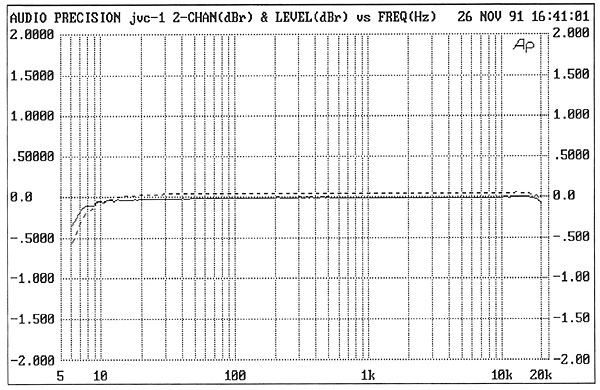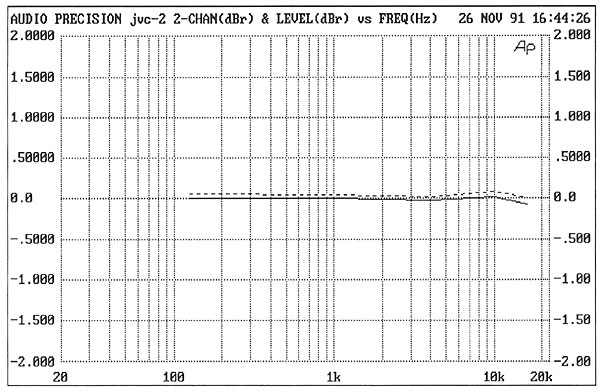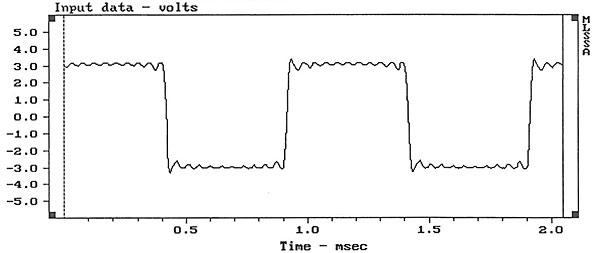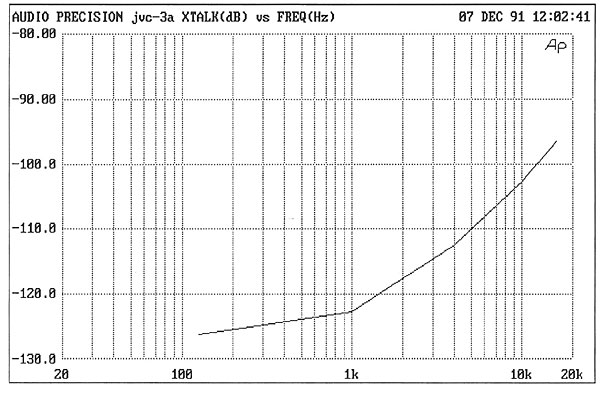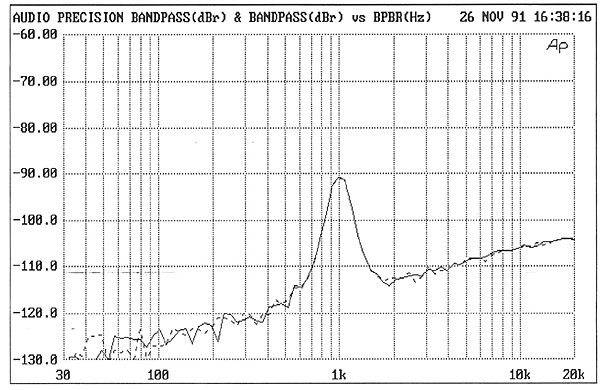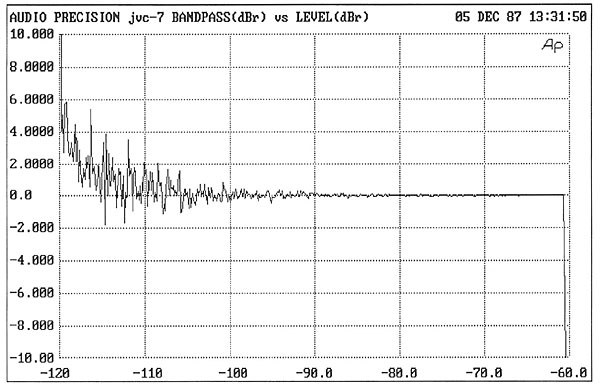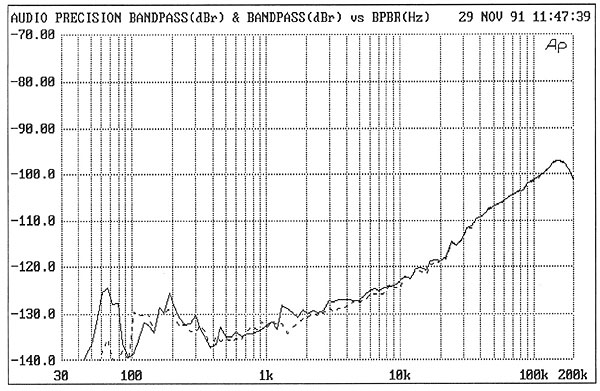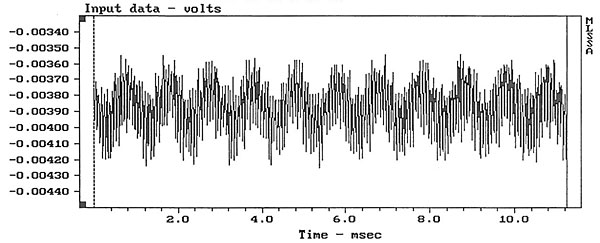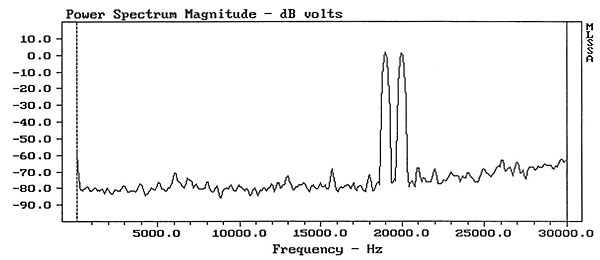| Columns Retired Columns & Blogs |
I have one of these in near-mint condition that I bought new in 1992. That's a 24-year old CD player that has been my main digital front end all along and still performs flawlessly. A couple of years ago, I decided to see how much difference it would make to use it as a transport and bang a $1000 DAC on the end of it. The sonic difference was miniscule. I'm not sure if it was even better, just a little different, so the DAC went to my desk system instead. I certainly got my money's worth!
